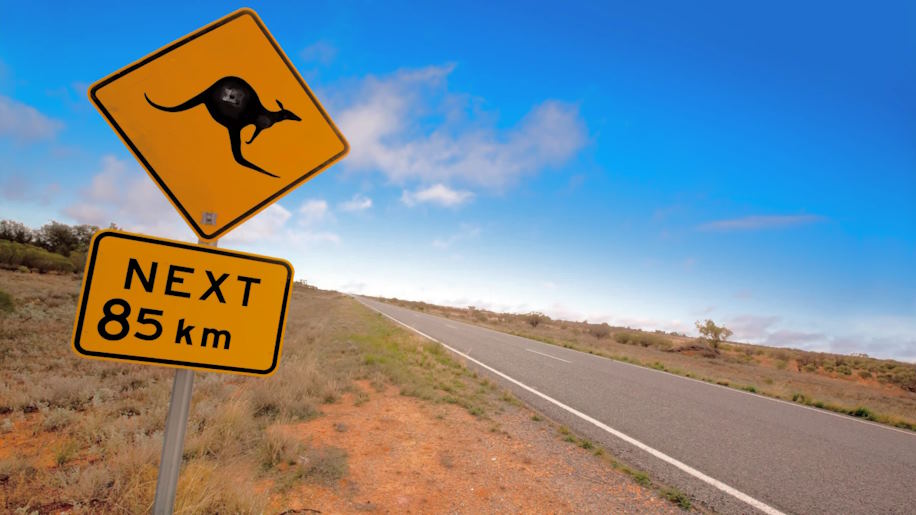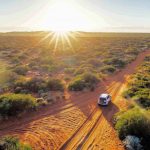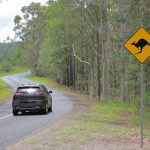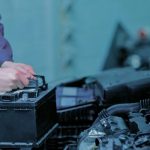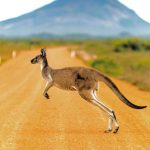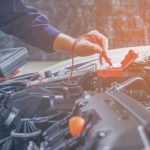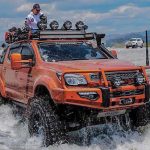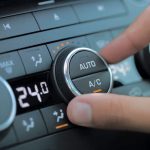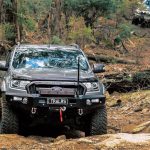Australia’s stunning natural landscapes and unique wildlife are a source of national pride and wonder. From kangaroos bounding across the outback to koalas nestled in eucalyptus trees, the country’s fauna is a testament to its ecological diversity. However, this rich biodiversity also presents a challenge for Australian drivers as it increases the risk of wildlife collisions. These incidents not only pose a danger to human lives but also threaten the well-being of our remarkable native animals.
Safe Driving Habits
One of the primary ways to reduce wildlife collisions is by adopting safe driving habits. Observing speed limits and adjusting for wildlife-prone areas is critical. Many roads have designated speed limits in wildlife habitats, and these limits are there for a reason – to keep both drivers and animals safe. Staying alert and focused while driving, especially during dawn and dusk when wildlife is more active, can significantly reduce the chances of an encounter.
Using high beams responsibly is another vital aspect of safe driving. High beams can improve visibility, but they can also blind animals and disorient them, leading to unpredictable behavior. Switch to low beams when you see wildlife nearby.
Avoiding distractions while driving is paramount. Texting, calling, or even adjusting the radio can divert your attention for just a few seconds, which may be all it takes for a wildlife collision to occur. It’s crucial to remain fully engaged with the task of driving, especially in areas where wildlife is prevalent.

Safe Practices in Wildlife-Prone Areas
Recognizing wildlife crossing signs is a simple yet effective way to reduce wildlife collisions. These signs are strategically placed in areas where animals frequently cross roads. They serve as a reminder to slow down and exercise caution.
Slowing down in known wildlife habitats is a fundamental step in protecting both drivers and animals. Decreasing your speed gives you more time to react if an animal suddenly appears on the road. Remember, it’s not just about your safety but also about preserving Australia’s extraordinary wildlife.
Scanning the roadside for movement is an excellent proactive measure. Animals can be difficult to spot, especially at night, but by paying attention to the sides of the road, you may catch a glimpse of reflective eyes or the silhouette of an animal.
Using designated wildlife crossings, if available, is highly recommended. Many regions have constructed underpasses or overpasses specifically designed for animals to cross the road safely. These crossings are an excellent way to reduce the chances of collisions.
Defensive Driving Techniques
Maintaining a safe following distance is a defensive driving technique that is particularly important in areas with potential wildlife encounters. Keeping a safe distance between your vehicle and the one in front of you gives you more reaction time if an animal suddenly darts onto the road.
Using brakes and steering strategically when encountering wildlife is crucial. It’s natural to panic when a kangaroo or other animal suddenly appears in front of your vehicle, but try to remain calm. Apply the brakes firmly and steer straight. Swerving or making sudden movements can increase the risk of losing control of your vehicle.
Honking the horn as a precaution is a good practice, especially when driving through areas known for wildlife activity. The sound of the horn can sometimes startle animals and prompt them to move away from the road.
Avoiding sudden swerves is important. Swerving to avoid an animal can lead to more significant accidents. It’s often safer to hit the animal than to swerve into oncoming traffic or off the road.

Protective Equipment for Your Vehicle
Installing animal whistles or other deterrents on your vehicle can help prevent wildlife collisions. These devices emit high-frequency sounds that animals can hear, warning them of your approaching vehicle. While their effectiveness may vary, they can be a valuable addition to your vehicle.
Adding a bull bar or grille guard to your vehicle provides additional protection. These accessories can help minimize damage to your car and reduce the risk of injury to both you and the animal in the event of a collision.
Keeping a first-aid kit for injured animals in your vehicle is a compassionate and responsible action. If you do collide with an animal, you may be able to provide immediate aid while waiting for wildlife rescue services to arrive.
Responsible Actions After a Collision
If you are involved in a wildlife collision, it’s essential to stop your vehicle safely and check for injured animals. Approach injured animals with caution and ensure your safety first. If the animal is injured but still alive, contact local wildlife rescue organizations or authorities for assistance. They have the training and equipment to handle injured wildlife safely.
Reporting the incident is also important for data collection and safety awareness. Reporting wildlife collisions can help authorities identify high-risk areas and implement measures to reduce future encounters.
Legislation and Legal ConsiderationsUnderstanding the legal obligations when involved in a wildlife collision is crucial. In many Australian states, there are laws that require drivers to report wildlife collisions, especially if the animal is endangered or injured. Failing to do so can result in penalties.
Additionally, wildlife protection laws and initiatives are in place to safeguard native animals. Familiarize yourself with these laws and support local efforts to protect and conserve wildlife.
Public Awareness and Education
The role of public awareness in reducing wildlife collisions cannot be overstated. Educational campaigns and community involvement are key components in mitigating the risks associated with driving in areas where wildlife is prevalent. By increasing awareness and promoting responsible driving practices, we can collectively make our roads safer for both humans and animals.

